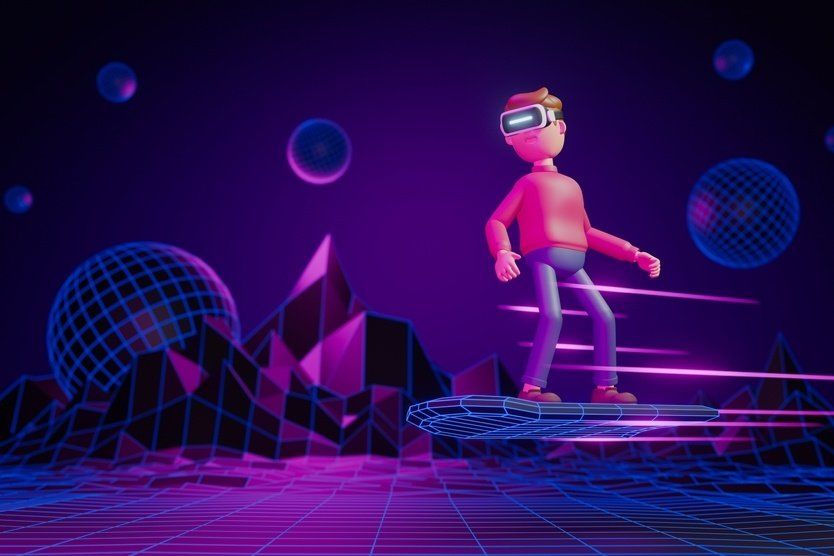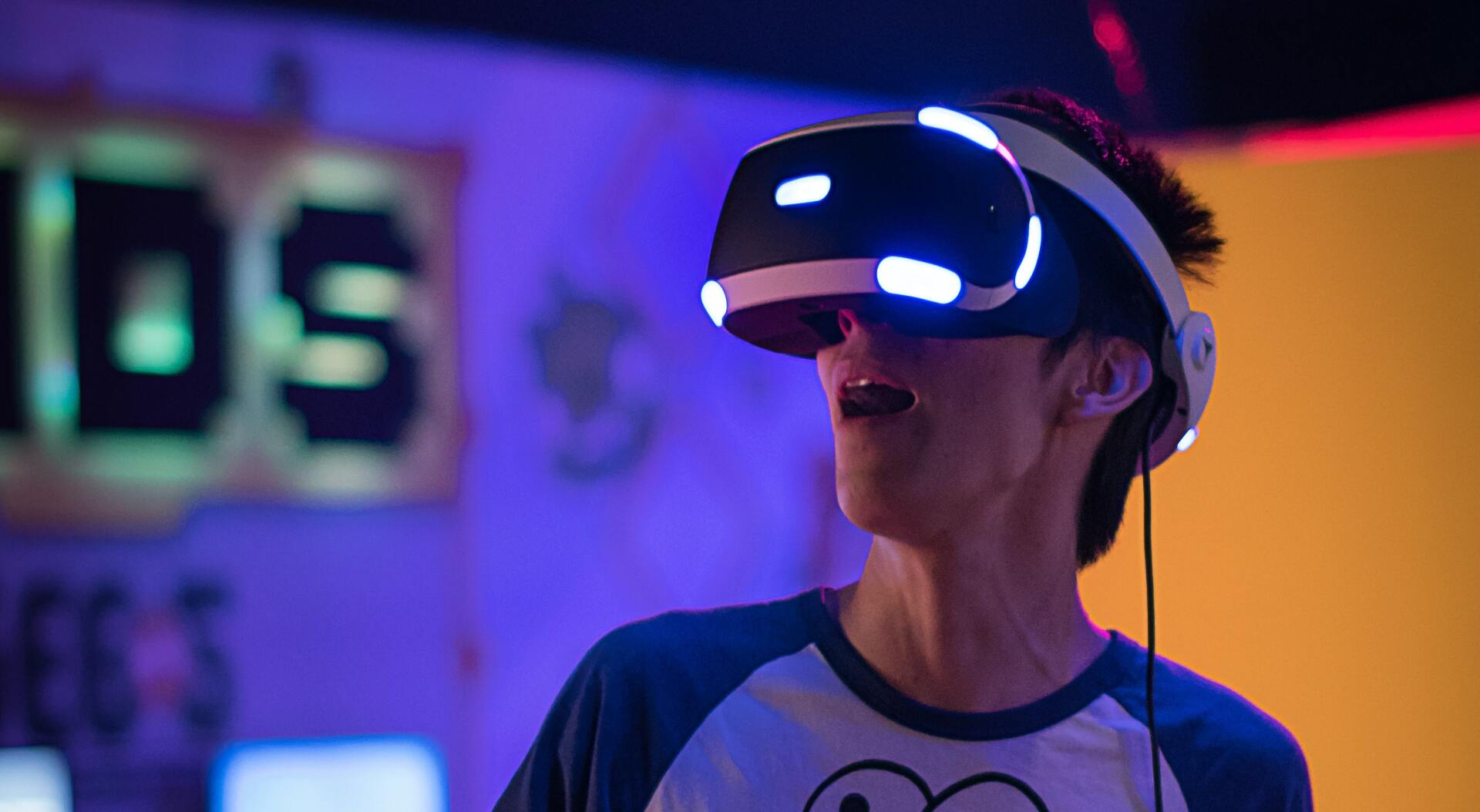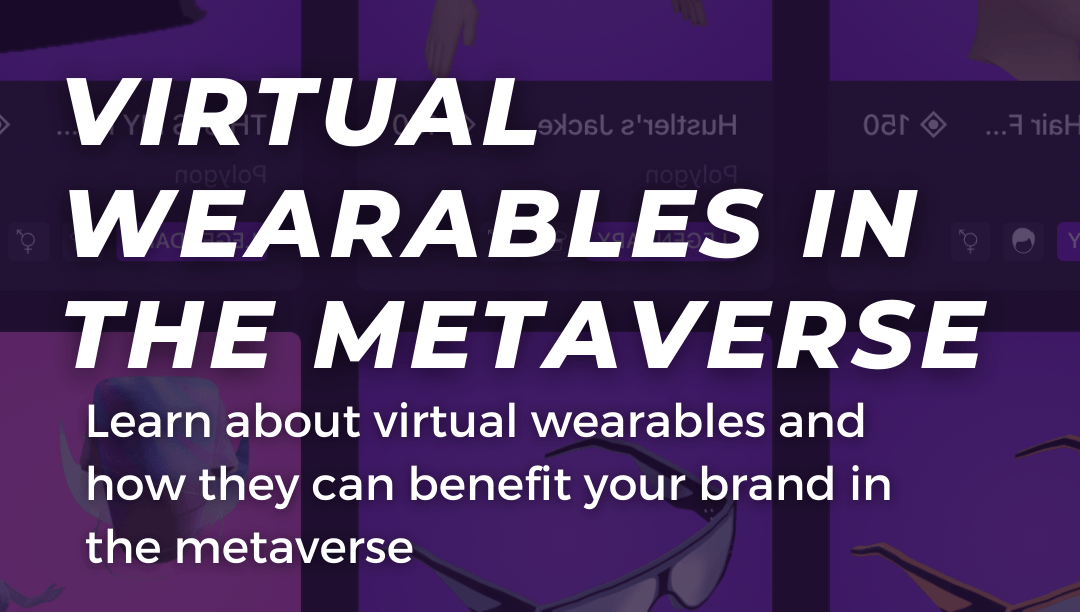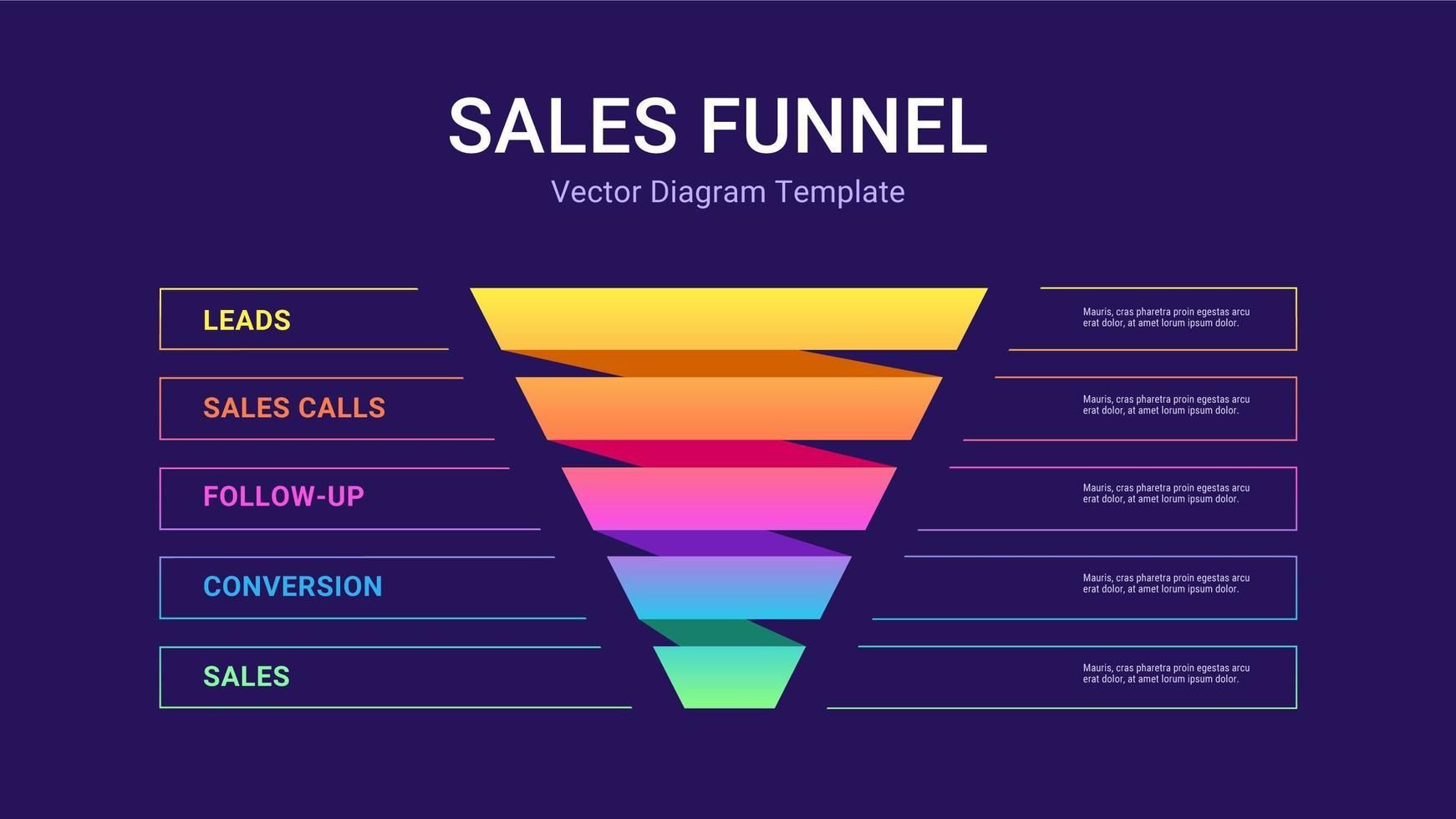The Difference Between Virtual Wearables and VR Clothing [2022]
Outlining The Difference Between Virtual Reality Clothing and Virtual Wearables (Wearable Tech vs Virtual Wearables)
There is a lot of confusion surrounding the terms "virtual reality clothing" and "virtual wearables." Many people use these terms interchangeably, but they actually refer to two different things.
Virtual wearables are items of clothing that you can wear in virtual reality. They are usually used to enhance the appearance of your character in VR games or social media platforms. Virtual reality clothing, on the other hand, is clothing that you can wear in the real world. It is designed to protect you from virtual reality environments and prevent you from accidentally walking into walls.
In this blog post, we will discuss the differences between virtual wearables and virtual reality clothing and explain why both technologies are important.

Topics Of Discussion:
- Explaining Virtual Reality Clothing (VR Clothing)
- Explaining Virtual Wearables (Digital Clothing worn in Virtual Worlds)
- Where VR Clothing and Virtual Wearables Come Together
Explaining Virtual Reality Clothing (VR Clothing)
Virtual reality clothing, or VR clothing, is a type of garment that are specifically designed to be used for a virtual reality environment. Unlike regular clothing, VR clothing is usually form-fitting and made from stretchy materials that allow for a full range of motion.
Another popular word for VR Clothing, is Wearable Tech. Most commonly associated with the Virtual Reality Headset that allows users to immerse themselves in a digital realm. For an example of common Wearable Tech products, you can view them here on Amazon.
VR Clothing Powered by SMART Textiles
The new terminology used to describe Virtual Reality clothing is SMART Textiles.
Smart textiles are a type of fabric that contains embedded sensors and other electronics. These components allow the fabric to interact with its surroundings, making it possible to control the flow of heat, light, and sound.
Explaining SMART Textiles
Smart textiles can also be used to monitor vital signs, track movement, and even provide haptic feedback. In recent years, smart textiles have been used in a wide range of applications, including VR clothing and medical devices. As the technology continues to evolve, it is likely that smart textiles will play an increasingly important role in our lives.
How SMART Textiles Can Enhance Physical Reality
Additionally, SMART Textiles and VR clothing often include built-in sensors and haptic feedback devices that can provide a more immersive experience especially pertaining to the metaverse and AR/VR digital realities.
Explaining Virtual Wearables (Digital Clothing worn in Virtual Worlds)
Virtual wearables are digital items, typically NFTs that are used in virtual worlds such as the metaverse to represent an avatars appearance in a specific realm.
Developing Virtual Wearable Accessories for the Metaverse
Virtual wearables also include accessories such as gloves, helmets, backpacks, and any other in-game enhancement that is possibly gamified through development on platforms such as Unity.
Types of Virtual Accessories in the Metaverse
This allows for accessories such as flying carpets, or flying brooms. In the future, there will be a Web3 sports league with innovative games such as Quidditch, hosted in the metaverse to the fullest possible immersive experiences.
Virtual Wearables used in the Metaverse
In the virtual world, virtual wearables are vital for avatars to express themselves. They can be used for a wide range of purposes, from simply indicating one's affiliation with a particular group to conveying detailed information about one's virtual identity.
Brands Adopting Virtual Wearables for the Metaverse
In recent years, a growing number of companies have begun to develop [mint] virtual wearables specifically for use in the metaverse, in order to increase their brand awareness and get vital early exposure in the metaverse.
These products range from simple virtual accessories to full-body skins that allow brands to create digital fashion in almost any form imaginable. As the technology involved in virtual wearables continues to evolve, it is evident that the popularity will only continue to grow.

Where VR Clothing and Virtual Wearables Come Together
Virtual Reality Clothing, or VR Clothing, is a type of SMART Textile garment that is specifically designed to be used in virtual reality environments. Unlike regular clothing, VR clothing is usually form-fitting and made from stretchy materials that allow for a full range of motion.
Virtual wearables, on the other hand, are any type of virtual clothing that can be worn in a virtual reality environment. Virtual wearables also include accessories such as gloves, helmets, and backpacks. While virtual wearables can provide a more immersive experience than regular clothing, they are not as comfortable or functional as VR clothing.
Additionally, VR clothing can often include built-in sensors and haptic feedback devices that can provide a more immersive experience. That means, when these two come together, it can create an incredibly immersive augmented reality that transforms the way humans currently function in today's society.
Conclusion
Although VR clothing is still in its early days, it’s an exciting prospect for the future. We believe that virtual wearables will play a big role in how we interact with digital worlds and we want to be on the forefront of this technology.
If you are curious about how VR clothing could work for your business, please book a consultation with our team.
At Meta Marketing Agency, we are a metaverse marketing agency that specializes in all things metaverse, from virtual wearables, to events and billboards. We also offer an array of Web3 marketing services from PR, and influencer marketing, to Paid Ads and SEO.
We would be more than happy to discuss the possibilities with you and answer any questions that you may have. Thank you for reading!






















